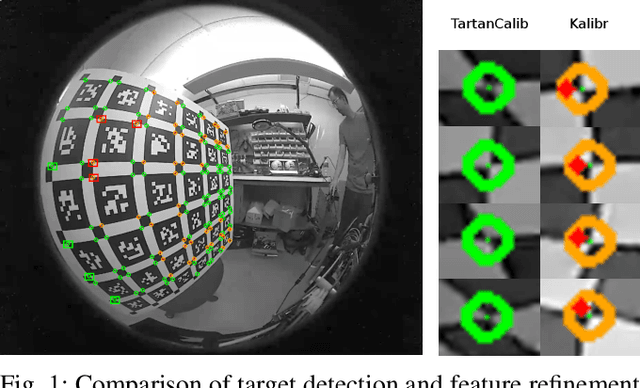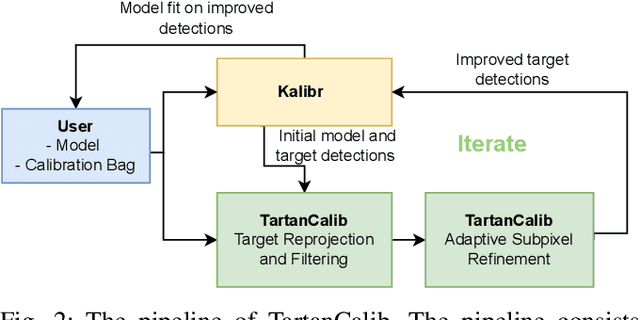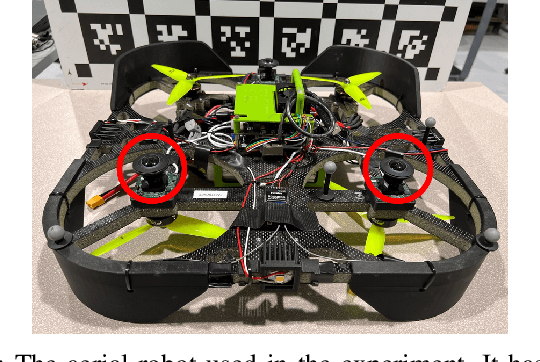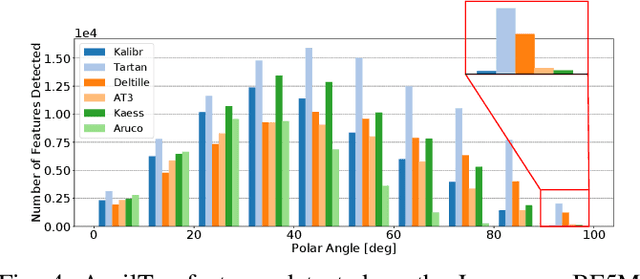Si Heng Teng
Residual-NeRF: Learning Residual NeRFs for Transparent Object Manipulation
May 10, 2024Abstract:Transparent objects are ubiquitous in industry, pharmaceuticals, and households. Grasping and manipulating these objects is a significant challenge for robots. Existing methods have difficulty reconstructing complete depth maps for challenging transparent objects, leaving holes in the depth reconstruction. Recent work has shown neural radiance fields (NeRFs) work well for depth perception in scenes with transparent objects, and these depth maps can be used to grasp transparent objects with high accuracy. NeRF-based depth reconstruction can still struggle with especially challenging transparent objects and lighting conditions. In this work, we propose Residual-NeRF, a method to improve depth perception and training speed for transparent objects. Robots often operate in the same area, such as a kitchen. By first learning a background NeRF of the scene without transparent objects to be manipulated, we reduce the ambiguity faced by learning the changes with the new object. We propose training two additional networks: a residual NeRF learns to infer residual RGB values and densities, and a Mixnet learns how to combine background and residual NeRFs. We contribute synthetic and real experiments that suggest Residual-NeRF improves depth perception of transparent objects. The results on synthetic data suggest Residual-NeRF outperforms the baselines with a 46.1% lower RMSE and a 29.5% lower MAE. Real-world qualitative experiments suggest Residual-NeRF leads to more robust depth maps with less noise and fewer holes. Website: https://residual-nerf.github.io
TartanCalib: Iterative Wide-Angle Lens Calibration using Adaptive SubPixel Refinement of AprilTags
Oct 05, 2022



Abstract:Wide-angle cameras are uniquely positioned for mobile robots, by virtue of the rich information they provide in a small, light, and cost-effective form factor. An accurate calibration of the intrinsics and extrinsics is a critical pre-requisite for using the edge of a wide-angle lens for depth perception and odometry. Calibrating wide-angle lenses with current state-of-the-art techniques yields poor results due to extreme distortion at the edge, as most algorithms assume a lens with low to medium distortion closer to a pinhole projection. In this work we present our methodology for accurate wide-angle calibration. Our pipeline generates an intermediate model, and leverages it to iteratively improve feature detection and eventually the camera parameters. We test three key methods to utilize intermediate camera models: (1) undistorting the image into virtual pinhole cameras, (2) reprojecting the target into the image frame, and (3) adaptive subpixel refinement. Combining adaptive subpixel refinement and feature reprojection significantly improves reprojection errors by up to 26.59 %, helps us detect up to 42.01 % more features, and improves performance in the downstream task of dense depth mapping. Finally, TartanCalib is open-source and implemented into an easy-to-use calibration toolbox. We also provide a translation layer with other state-of-the-art works, which allows for regressing generic models with thousands of parameters or using a more robust solver. To this end, TartanCalib is the tool of choice for wide-angle calibration. Project website and code: http://tartancalib.com.
 Add to Chrome
Add to Chrome Add to Firefox
Add to Firefox Add to Edge
Add to Edge